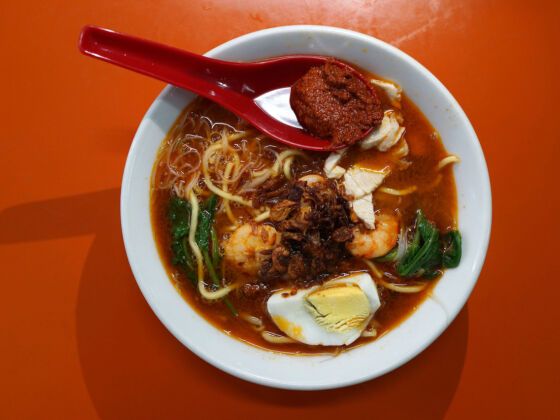If you ever added a dash of sriracha to your soup or the dipping sauce for your chicken wings, you probably know that the popularity of Southeast Asian spices and flavors continues to grow in the West. Indonesian sambal oelek has become so well known, for example, that it’s now stocked on the shelves of my local grocery store in Jersey City. That wasn’t the case five years ago, but it’s important to note that sambal oelek is just the beginning when it comes to spicy chili pastes from this region: While sambal is typically used as a condiment or a marinade, rempah, it’s less well-known cousin (outside of Asia at least) is an equally potent and foundational ingredient in Southeast Asian cuisine.
Like sambal oelek, rempah is a spice paste (in fact, rempah is the malay word for spice). While it appears in Indonesian dishes, it really shines in the cuisine of Malaysia and Singapore, as well as that of the Peranakan people — descendants of Chinese people who immigrated to Indonesian and Malaysia. It’s one of the most basic and fundamental recipes in Malaysian cuisine.


